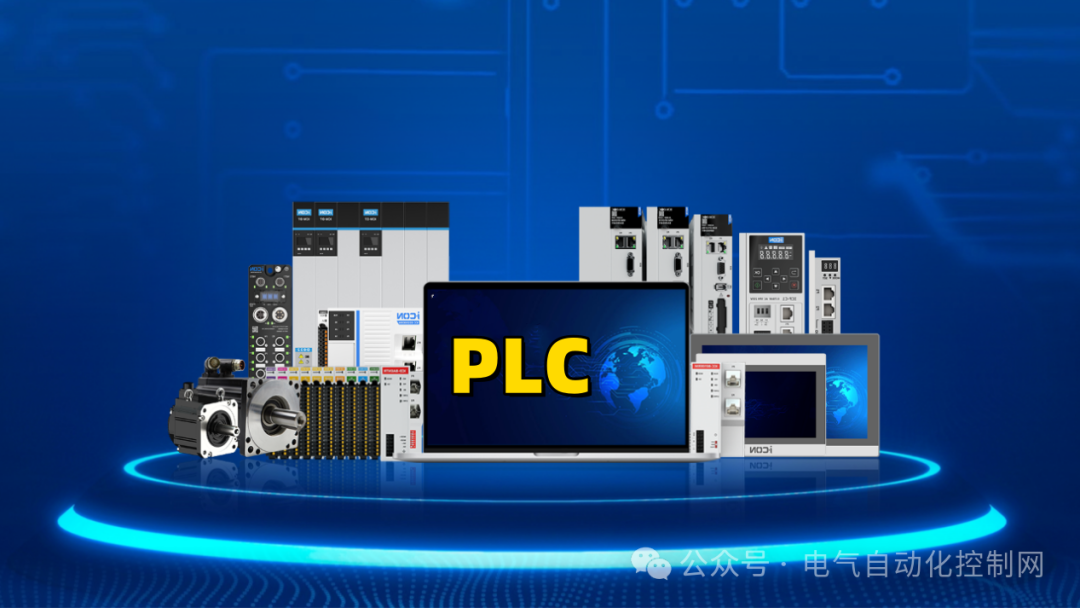Behind the temptation of a “monthly salary exceeding 10,000”, there is the anxiety of countless practitioners: “Can electrical engineers in first-tier cities really earn 10-20K? Is 5-8K the ceiling in small and medium-sized cities?” The answer is harsh and realistic: Positions that only involve wiring and basic programming are disappearing; what companies are eager for is your ability to solve complex problems! Today, we will directly unveil the truth of the industry and help you understand the “survival rules” and “path to success” for PLC practitioners.


1. Industry Truth: The “Pyramid” Structure of PLC Positions

1. Entry-Level Positions (Monthly Salary 5-8K): Being Replaced
-
Current Situation: A large number of “wiring workers + ladder diagram programming” positions in small and medium-sized cities are shrinking, as standardized production lines use prefabricated program modules instead of manual programming, and companies prefer to hire “cheap labor”.
-
Example: A job advertisement from a small factory states: “Just know how to connect wires and modify timer parameters, salary 3000-5000”.
-
Way Out: These types of positions will only become cheaper in the future; you must break through upwards.
2. Mid-Level Positions (Monthly Salary 15-25K): Highly Demanded by Companies
-
Demand: High-end manufacturing in first-tier cities urgently needs talents for “system design + debugging”, such as:
-
Multi-axis robot synchronous control on automotive production lines;
-
Precision temperature control algorithm development for semiconductor equipment;
-
Networking of cross-brand PLCs and I/O modules (Siemens + Beckhoff + frequency converter linkage).
-
Skill Requirements:
-
Advanced Programming: ST (Structured Text), SCL (Siemens Function Block);
-
Motion Control: Electronic cam, interpolation algorithms;
-
Communication Protocols: PROFINET, EtherCAT, MODBUS TCP.
3. Senior Positions (Annual Salary 300K+): Scarce as Gold
-
Core Competencies:
-
Industry Processes: For example, control of battery injection processes for new energy vehicles, AGV scheduling logic for warehousing logistics;
-
Cross-Disciplinary Integration: Data interoperability between PLC and MES systems, AI visual inspection linkage;
-
Management Skills: Leading the automation planning of the entire plant, coordinating mechanical, electrical, and IT teams.
-
Example: A new energy company is hiring an “Automation Architect” requiring “knowledge of lithium battery processes + Python data analysis + team management”, with an annual salary of 500K+.


2. Regional Differences: Why Are First-Tier Cities More “Valuable”?

1. Small and Medium-Sized Cities: Low-End Competition, Low Technical Content
-
Typical Scenarios:
-
Changing a contactor, repairing a solenoid valve;
-
Modifying timer parameters, adjusting sensor sensitivity.
-
Result: Low technical barriers, stagnant salary growth, young people leaving to deliver takeout.
2. First-Tier Cities: Complex Technology, Unlimited Financial Prospects
-
High-Value Scenarios:
-
Nano-level precision control for semiconductor equipment;
-
Optimizing production line cycle times in smart automotive factories (for example, compressing from 12 seconds to 9 seconds);
-
Collaboration between industrial robots and PLCs (for example, integrated grasping-assembly-detection).
-
Company Demand: Willing to pay high prices for those who can “solve problems”, especially lacking composite talents who understand both PLC and industry processes.


3. Newcomers Breaking Through: 3 Paths from “Wiring Worker” to “Technical Expert”

1. Dive Deep into Technology: Master the “Bottleneck” Skills of the Company
-
Advanced Programming:
-
Ladder diagrams are just the starting point; ST/SCL is the key to earning high salaries (for example, using ST to write PID algorithms, using SCL to encapsulate general function blocks).
-
Case: An engineer restructured the production line program using ST, improving equipment efficiency by 30%, and was directly promoted and given a raise.
-
Motion Control and Communication:
-
Thoroughly learn servo motor control (electronic cam, chase-cut algorithms);
-
Master industrial buses (PROFINET, EtherCAT), capable of handling data interaction between robots and PLCs.
2. Horizontally Expand Knowledge: Become a “Versatile Player”
-
Mechanical Basics:
-
Understand pneumatic schematics, able to argue with mechanical engineers (for example, the sequence of cylinder actions and PLC signal coordination).
-
Example: A project was delayed due to misalignment of mechanical guide rails causing false triggering of sensors, resolved by adding delay filtering in the PLC.
-
Industrial IT Integration:
-
Learn the OPC UA protocol to send PLC data to the cloud;
-
Use Python to analyze equipment failure logs (for example, collecting temperature data via Modbus RTU to predict equipment lifespan).
3. Accumulate Project Experience: From Small Projects to Large Solutions
-
Full Process Participation:
-
Requirement research (clearly discussing with clients how many pieces of equipment need to be produced in a day);
-
Solution design (I/O allocation, program architecture, exception handling logic);
-
On-site debugging (for example, anti-interference grounding, shielding line handling, signal filtering).
-
Documentation Accumulation:
-
Record typical failure cases (for example, a production line occasionally stopping, ultimately found to be due to poor grounding of the encoder cable shielding);
-
Compare optimization effects (for example, after program restructuring, equipment cycle time improved by 15%).

4. Industry Future: Crisis and Opportunity Coexist

1. Crisis: Basic Positions Are Disappearing
-
Reality: Automation tools (such as AutoCAD Electrical, TIA Portal prefabricated programs) have made simple programming “foolproof”, and companies prefer to hire “plug-and-play” intermediate talents.
-
Warning: Those who only know ladder diagrams and instruction lists will eventually be replaced by AI.
2. Opportunities: Emerging Fields Urgently Need Talent
-
New Energy Vehicles: Temperature control for battery production lines, BMS system testing;
-
Warehousing Logistics: AGV scheduling, WCS system communication with PLC;
-
AI + PLC: Visual inspection linkage (for example, using OpenCV to identify product defects, PLC triggers sorting mechanisms).

Conclusion: The “Survival Rules” for PLC Practitioners

-
Underlying Logic: Companies do not pay for “wiring workers”; they pay for “problem-solving abilities”.
-
Path to Success:
-
Technical Depth: From ladder diagrams → ST/SCL → motion control → industry processes;
-
Horizontal Knowledge: PLC + mechanics + IT + industry know-how;
-
Project Accumulation: Use documentation to prove you can solve real problems.
Ultimate Advice: Don’t complain about low salaries; first ask yourself if you can save money for the company (for example, optimizing production line efficiency) or make money (for example, meeting customer customization needs). Ability determines position, and position determines income!